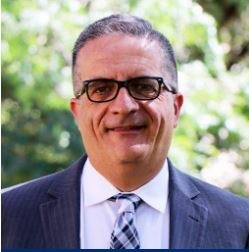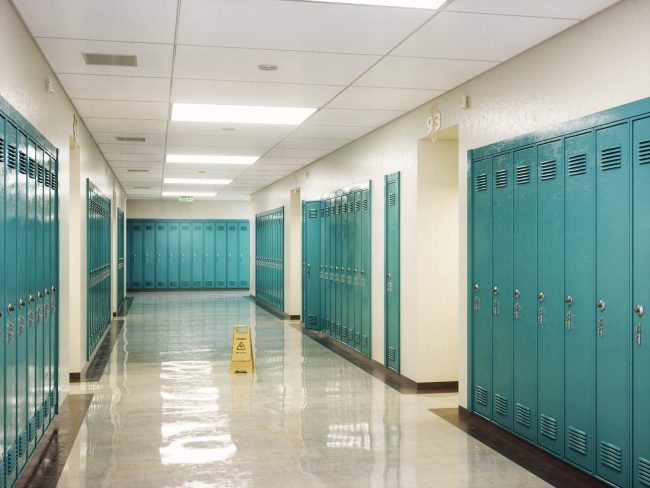Empty corridors at school

Joe Zavone
To say the COVID-19 scenario has been challenging is a significant understatement.
Like all areas of our society, our schools and communities have suffered. Making matters worse is the almost daily political babble exchange between politicians and the media about the starting date for the return of face to face learning.
It is quite strange walking around school in the last few weeks, walking along empty corridors and empty grounds. This was never the nature of the teaching career that any of my colleagues signed up for.
This has brought home to us more than ever that the bottom line to this current situation is that our students give our schools life and energy. They are at the very core of what we do and they give shape and meaning to our work.
One of the expressions I dislike hearing at the moment is “this is the new normal”. I would absolutely hate to think that what we are doing at the moment becomes normal; it might become an alternative to mainstream pedagogy but hopefully never the norm.
Already a flurry of educational consultants and experts have jumped on the COVID-19 bandwagon and been waving the flag for an educational revolution and how we can never return to schooling the way it was.
It amuses me and infuriates me at the same time that these people are not current educators – they do not work in schools and have not done so in quite a while.
Education, especially Catholic education, has been and always will be relational. It is about community, and the healthy interactions of all members of a school community and what we give to each other – things that can never be achieved in an online environment.

While online teaching and learning serves a functional purpose of allowing education to continue while students stay at home in times of uncertainty and crisis, it does not serve the relational or communal environments of a Catholic school.
Sure we can and do check in with vulnerable students through phone calls, emails and video conferencing, but that is not the same as having the student there with you at school, making eye contact, asking the important questions in a safe environment and knowing that security is only a door knock away.
Even our most resilient students need their community around them – to connect, collaborate, create, communicate, contemplate and celebrate, and to share, learn together, laugh together and cry together.
Our community of parents is lost to us in an online environment – the sense of partnering in a child’s education is greatly lessened when parents and carers cannot be at the school to share time with teachers and other families.
When describing community in his weekly general audience on June 26 2019, Pope Francis looked to St. Luke’s account of the first Christian community and the “communion of love” that was fortified by listening to the apostolic teaching, sharing goods with one another, taking part in the Eucharist and prayer.
This tells us that a Christian community shares stories, shares goods, shares rituals and shares faith. These signs of a strong Christian community establish a “genuine covenant with God” for the community to become a force that fascinates and “conquers the hearts of many.” An online community can only do some of this.
There is a limit to the relational quality you can create and achieve online.
At St Edmund’s College we have a wonderful and meaningful ritual of gathering informally on the afternoon of the last day of every term, and as the boys depart the College, they shake the hand of any teacher they walk past and thank them. It saddens me greatly that we finished this term in a completely different form – in isolation from each other.
Let us pray that our students can return to their communities in the near future, able to once again actively participate in and contribute to their “community of love where each of us learns to relate to others and to the world around us” (Pope Francis).
- Joe Zavone is principal of St Edmund’s College in Canberra


